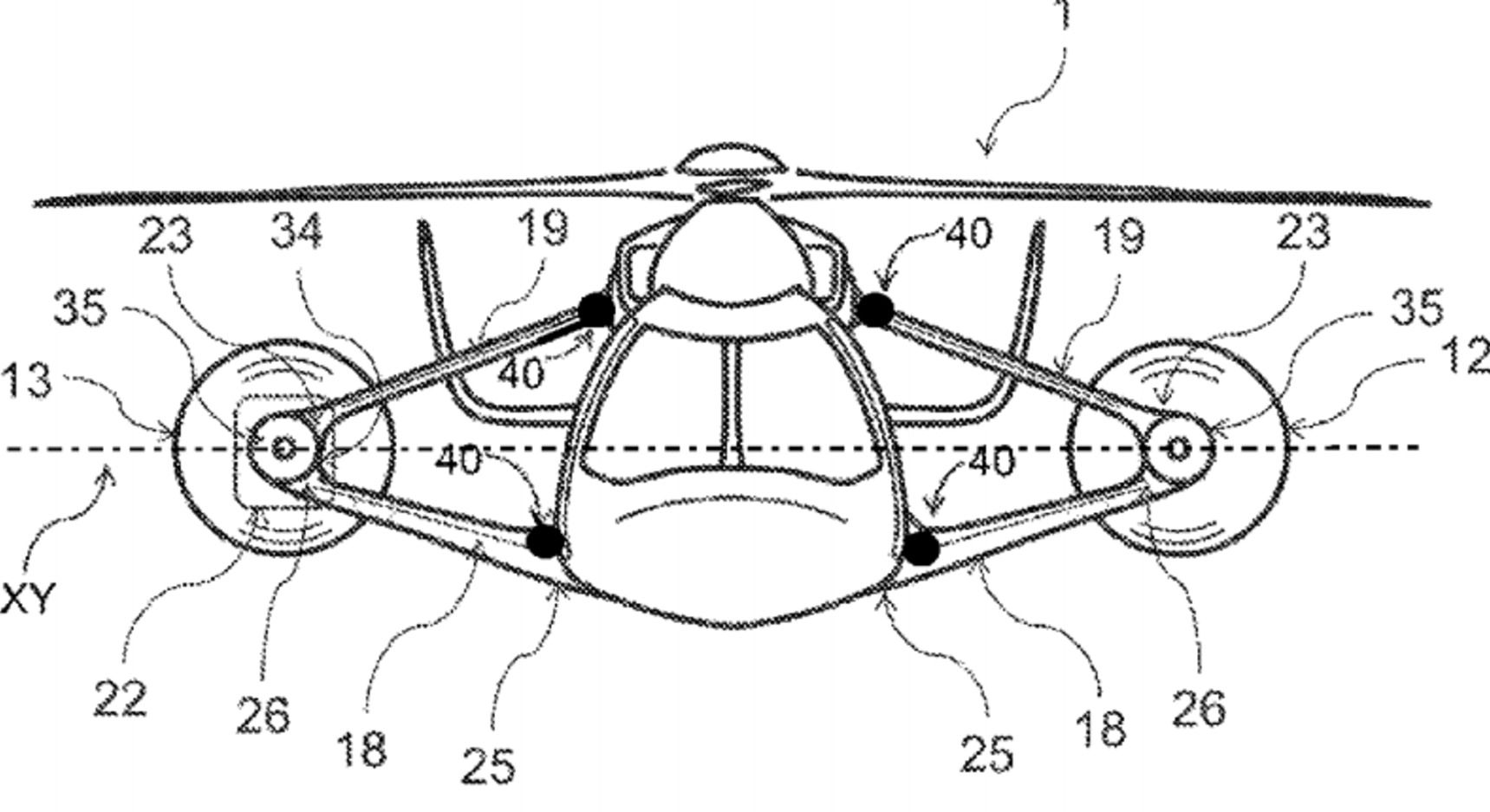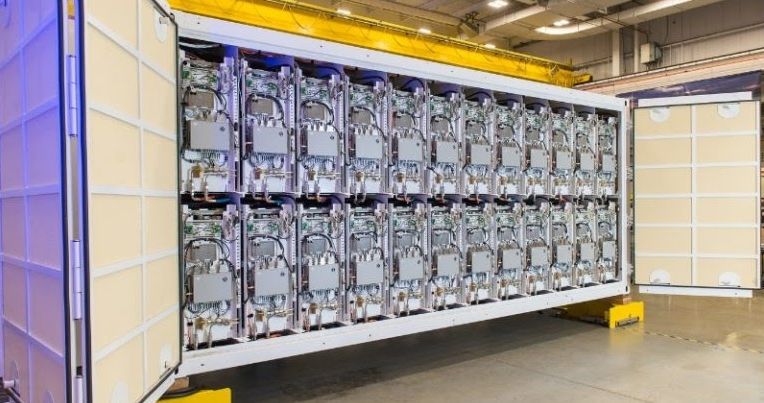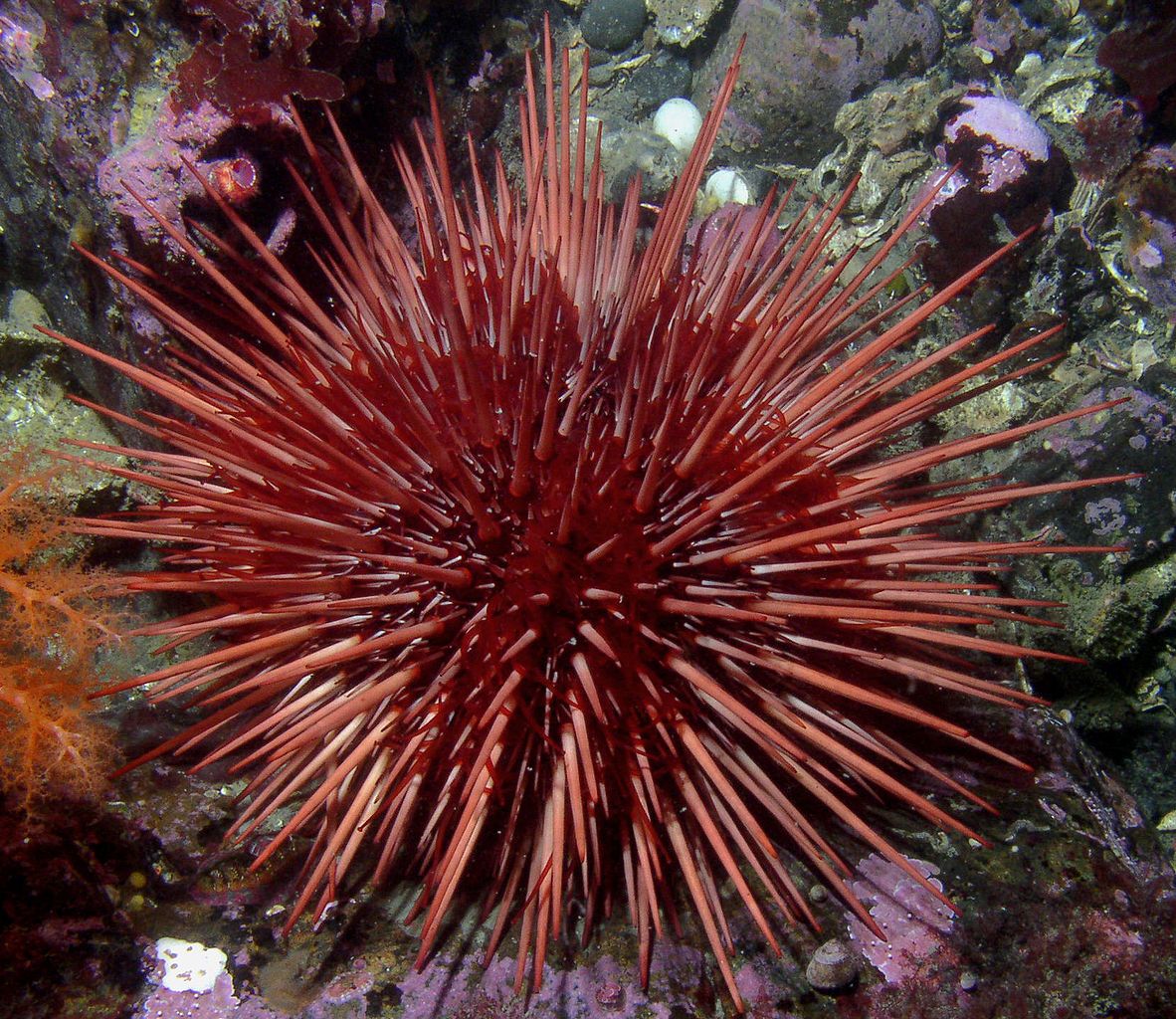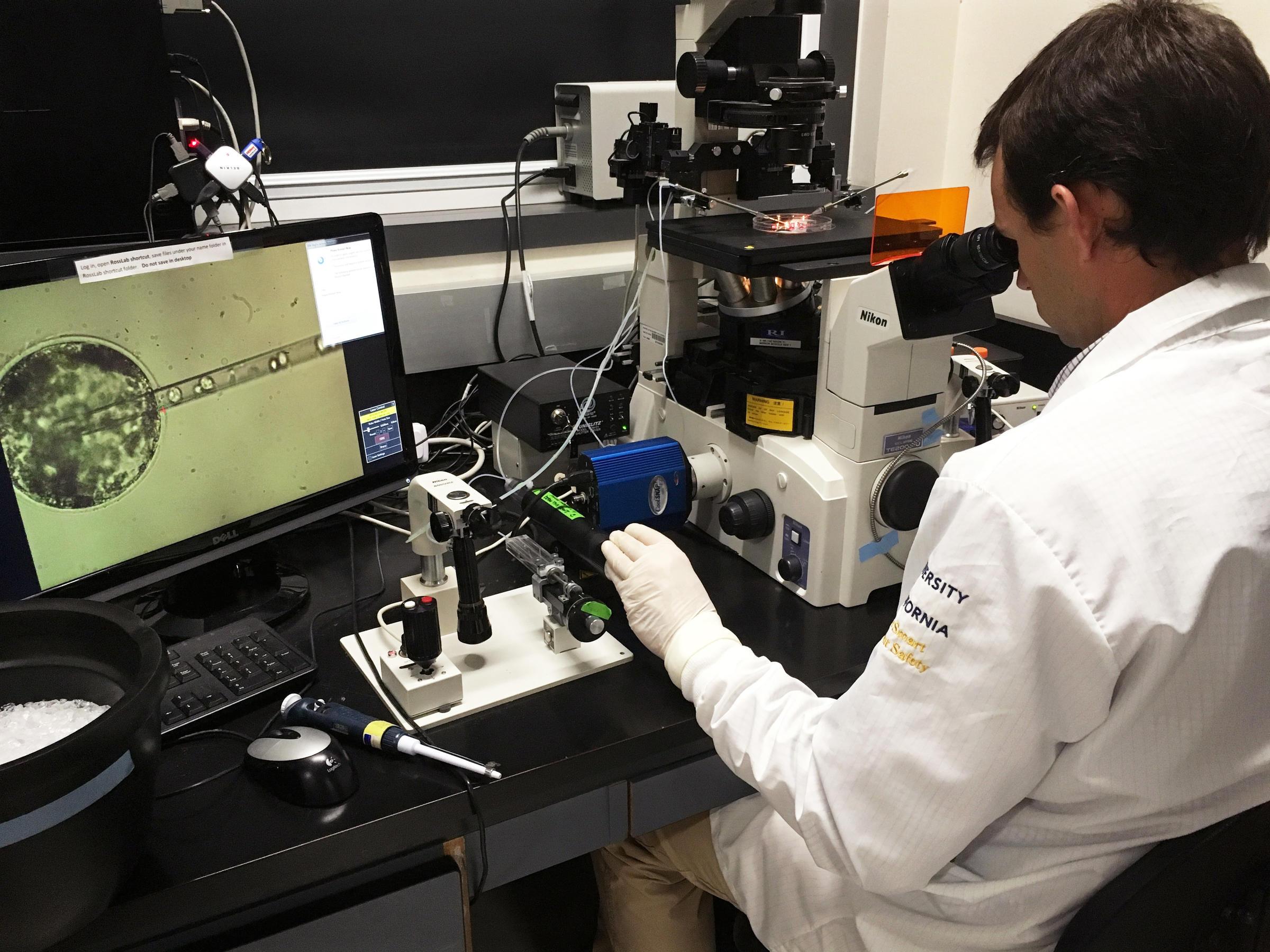Page 11160
May 25, 2016
Big Ideas, Big Conflicts in Plan to Synthesize a Human Genome
Posted by Klaus Baldauf in category: biotech/medical
Printing genomes on demand could mean custom-built organisms, difficult ethical questions, and profits for a handful of companies.
May 25, 2016
The quantum world view and vedanta
Posted by Karen Hurst in categories: evolution, quantum physics
Luv this article (science meets philosophical theory on the evolution of science); reminds me of an article that one of my Quantum friends shared yesterday on Linkedin Pulse.
Science is the biggest enterprise that man ever created. Of all the living things on this planet, man is the only one that seems to have started thinking about how this world works. To understand that he started this new venture, called Science, which was originally meant just to understand how this world works. Some exceptionally brilliant minds did accidentally stumble upon some understanding of the world’s laws like gravity, buoyancy, and others in the west while Indian sages had realised this much earlier.
Next step was to find out how the world works by doing some experiments. That was the stage when the Churches started obstructing “Science” as this kind of scientific enquiry, the Church felt, might interfere with religious beliefs. That is where the first conflict between religion and science started. The fall out was that scientists subconsciously developed an aversion to the God concept in religion and thus God was kept out of the scientific realm. Let us, therefore, think from now on. Science, then, was more of a hobby for the well to do. The leading lights of that generation were Isaac Newton and Albert Einstein. There were a host of others but less illustrious than these two. Newton’s Laws of deterministic predictability and Einstein’s laws of relativity together founded a world view of “space-time” constraints where everything else out with this space time module was rejected.
May 25, 2016
Apple reportedly looks into making electric car charging stations
Posted by Shailesh Prasad in categories: energy, engineering, transportation
Any electric car maker worth its salt knows that their vehicles are only as good as the charging stations that keep them running… and that includes Apple, apparently. Reuters sources understand that Apple is asking charging station manufacturers about their technology for the sake of its oft-rumored electric car project. It’s not certain how deep the talks go or who’s involved (the companies certainly aren’t talking). However, NRG Energy issued a vague response noting that it’s talking to “every potential manufacturer of tomorrow.” We wouldn’t rule it out, then.
There’s more evidence than that. An unnamed worldwide engineering company has already offered to help Apple build charging stations, Reuters says. Meanwhile, Apple has publicly hired EV charging experts from BMW, Georgia Tech and Google.
If true, the approach is a logical fit for Apple. Part of Tesla’s success in EVs comes from its willingness to build a network of high-speed charging stations — you’re more likely to buy a Model S if you know that you can drive it long distances without spending hours waiting for a recharge. Apple may need that same kind of reassurance. And let’s not forget that Apple’s strategy revolves around controlling as much of the experience as possible. It only makes sense that the company would want optimized charging stations instead of leaving drivers to use generic stations that might not work as effectively.
Continue reading “Apple reportedly looks into making electric car charging stations” »
May 25, 2016
If Built, This Would Be The Fastest Helicopter On The Planet
Posted by Shailesh Prasad in category: transportation
Airbus Unveils ‘Hypercopter’ Patent For The World’s Fastest Helicopter.
We’ve just got to convince Airbus to make one…
May 25, 2016
Implanted electrodes to aid memory loss? It’s not as far-fetched as it may sound
Posted by Klaus Baldauf in categories: biotech/medical, neuroscience
Imagine implanting electrodes in the hippocampus to help brain-injured patients process memories. That’s what the Defense Department is attempting.
May 25, 2016
Shipping containers full of capacitors will enable flexible railgun designs for shipboard and fixed or mobile land based railguns
Posted by Klaus Baldauf in categories: energy, military
The US Navy will be taking its futuristic Railgun out of the lab where it has been tested for to past eight years. Over the next two years, railguns will be tested in open firing ranges and eventually at sea, where the futuristic electromagnetic gun will be able to demonstrate its full capacity to fire projectiles at targets 50–100 nautical miles (92 – 185 kilometers) away.
The Navy is evaluating two electromagnetic railgun models. A 32-megajoule prototype built by BAE Systems and the 32 megajoule Blitzer developed by General Atomics Electromagnetic Systems (GA-EMS). The company has also developed a 3-megajoule railgun variant. In the future, the Navy plans to deploy railguns rated to 64-megajoule.
A railgun can deliver muzzle velocities greater than twice those of conventional guns. Using electromagnetic power, where magnetic fields created by strong electrical currents accelerate a sliding metal conductor between two rails, the railgun achieves muzzle speeds of more than Mach 7.5 without the use of chemical propellant.
May 25, 2016
Is aging inevitable? Not necessarily for sea urchins
Posted by Bruno Henrique de Souza in categories: biological, genetics, health, life extension
Sea urchins are remarkable organisms. They can quickly regrow damaged spines and feet. Some species also live to extraordinary old ages and—even more remarkably—do so with no signs of poor health, such as a decline in regenerative capacity or an increase in age-related mortality. These ocean Methuselahs even reproduce as if they were still youngsters.
MDI Biological Laboratory Associate Professor James A. Coffman, Ph.D., is studying the regenerative capacity of sea urchins in hopes that a deeper understanding of the process of regeneration, which governs the regeneration of aging tissues as well as lost or damaged body parts, will lead to a deeper understanding of the aging process in humans, with whom sea urchins share a close genetic relationship.
In a paper recently published in Aging Cell, a leading journal in the field of aging biology, with Andrea G. Bodnar, Ph.D., of the Bermuda Institute of Ocean Studies, the scientists shed new light on the aging process in sea urchins, raising the prospect that the physical decline that typically accompanies aging is not inevitable.
Continue reading “Is aging inevitable? Not necessarily for sea urchins” »
May 25, 2016
Cientistas criam embriões meio humanos e meio animais
Posted by Bruno Henrique de Souza in category: futurism
A cura de algumas doenças pode estar no desenvolvimento de quimeras, embriões animais com órgãos humanos. Será que não estamos indo longe demais em um papel que para alguns é prerrogativa de Deus?
May 25, 2016
Silicon quantum computers take shape in Australia
Posted by Karen Hurst in categories: computing, quantum physics
Any technology related company (including medical, consulting, etc.) without Quantum as part of their product & services 5 year roadmap will find themselves obsolete in the next 7 years.
Two blueprints emerge from centre tasked with creating a practical quantum device.

















